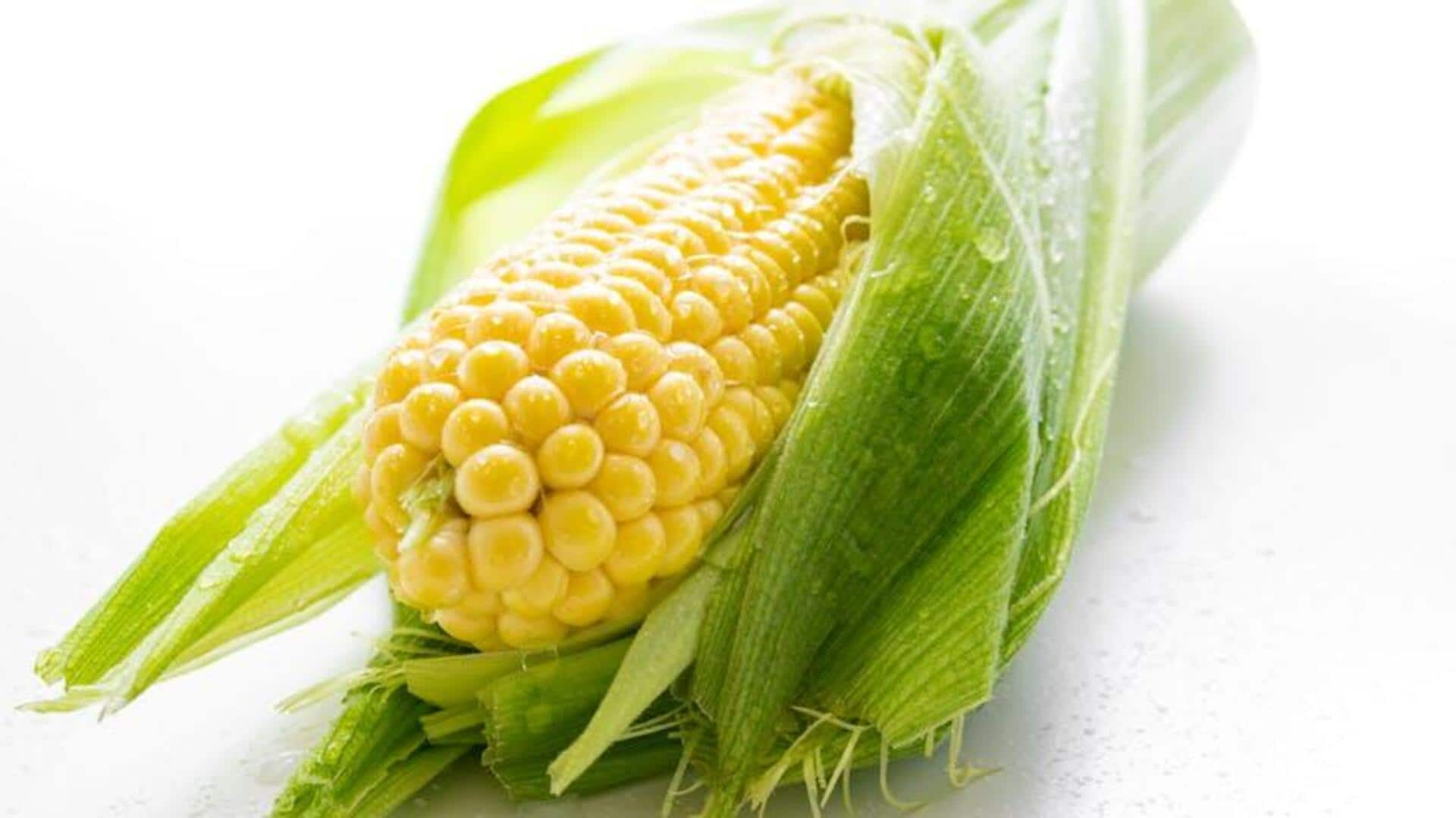
Essential maize varieties in Southern African cuisine
What's the story
Maize, the cornerstone of numerous African diets, holds particular cultural and culinary significance in Southern Africa. This article delves into the most important maize varieties in vegetarian cuisine there, shedding light on their distinctive characteristics and integral roles in traditional dishes. It serves as a tribute to the versatility and cultural richness of maize, reaffirming its status as the "unsung hero" of the region's gastronomy.
Staple
White maize: The staple choice
White maize is the staple ingredient in Southern African vegetarian cuisine. It's cherished for its adaptability and subtle taste, serving as the perfect canvas for a variety of dishes. White maize meal is utilized to make Sadza or Ugali, a thickened porridge that pairs beautifully with vegetable and legume-based stews.
Sweetness
Yellow maize: A sweet alternative
Yellow maize, with its characteristic sweetness, imparts a unique taste to traditional Southern African meals. It is often used in the preparation of sweetened porridges, with both fresh and dried options available throughout the region. Besides enhancing the visual appeal of dishes with its bright color, yellow maize also provides additional nutritional benefits, making it a popular choice among many.
Snackable
Popcorn maize: For snacking and beyond
Popcorn maize isn't limited to movie-time munchies; it holds a starring role in Southern African vegetarian cuisine. Ground into flour, it serves as a thickening agent for soups and stews, and a flavorful base for fritters and pancakes. Its unique nutty flavor significantly contributes to the taste of these dishes.
Nutrient-rich
Blue maize: A nutritious rarity
Blue maize is a rare variety prized for its superior nutritional profile, boasting higher protein levels than its counterparts. It's used in the same way as white maize, but it gives a unique color to everyday foods like tortillas and breads. Because of its scarcity, blue maize is in high demand by health-conscious consumers.
Heritage
Heirloom varieties: Preserving tradition
Heirloom maize varieties, prized for their distinct flavors and textures, are kept alive through small-scale farming traditions. These practices sustain biodiversity and culinary heritage, making them integral to festivals and celebrations across Southern Africa. They serve as a testament to the region's vibrant agricultural past, echoing the profound bond between its people and the land.